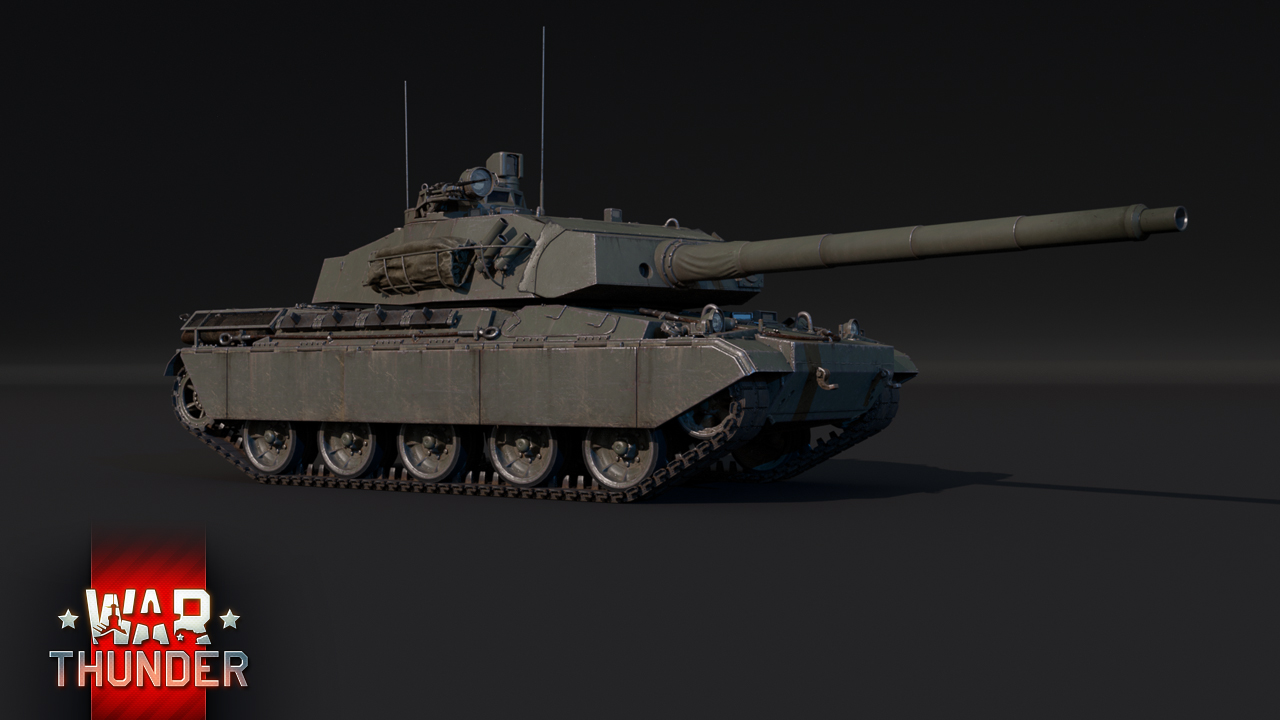
- #Amx to pwm converter update#
- #Amx to pwm converter full#
- #Amx to pwm converter series#
- #Amx to pwm converter free#
It does not store any personal data.Converter stage for analogue sources and for those who. The cookie is set by the GDPR Cookie Consent plugin and is used to store whether or not user has consented to the use of cookies. The cookie is used to store the user consent for the cookies in the category "Performance". This cookie is set by GDPR Cookie Consent plugin. The cookie is used to store the user consent for the cookies in the category "Other. The cookies is used to store the user consent for the cookies in the category "Necessary". The cookie is set by GDPR cookie consent to record the user consent for the cookies in the category "Functional". The cookie is used to store the user consent for the cookies in the category "Analytics". These cookies ensure basic functionalities and security features of the website, anonymously. Necessary cookies are absolutely essential for the website to function properly. Similarly for Throttle, start at 5mS and end at 6mS, etc. 2mS is allowed in total for that pulse, so the Elevator at max down occurs at 3 mS, or fully up, at 4mS.
#Amx to pwm converter full#
This can be at full (for the sake of this example) left Aileron a value of 1mS. To convert PWM to PPM you produce a short Mark at the TE of the PWM Mark, so instead of measuring the length(width) of the pulse, we measure the time between the start of the frame and the leading edge of the Pulse. Each Mark has a leading edge, following our convention one occurs every 2 mS, followed 1 to 2 mS later by a trailing edge. Positive going pulses are called “Marks” so the converse are known as Spaces. So although a “Frame” is 20mS, it is always preceded by a 1.5mS space, so total “Frame” duration is 21.5 mS minimum. The end of the frame is easy, 20mS from the first data pulse start. The Start is a relatively long space of more than 1mS, typically 1.5mS. It is theoretically possible to have 10 PWM channels, unfortunately the “frame” needs a start and a finish which the receiver can recognise. We all know the A,E,T and R channels followed by convention, with Gear being ch 5 and Flaps Channel 6, yes I know, this is for a conventional type aircraft! So maximum times for each channel is 2mS.
#Amx to pwm converter series#
Each channel of a transmitter has its own pulse within a series of pulses all sent as a frame in a total of a 20mS time frame. PWM is a Pulse with a width of between 1and 2 mS. You can buy PWM-PPM converters: Amazon | Banggood | GetFPV Here is a DIY project that uses Arduino to convert PWM into PPM signal.
#Amx to pwm converter free#
The rest of the transmitter inputs like roll, pitch, and yaw are now free for other things. It is also possible to obtain PPM from PWM by using a mono-stable multivibrator circuit. Just define the appropriate option SERIAL_SUM_PPM in config.h and wire the PPM signal into the Throttle channel. If you don’t have a PPM transmitter and receiver you can use a little device that converts between regular PWM and PPM. However PPM is not the most popular because many radios don’t support PPM. So we don’t even have a downside of multiplexing all the channels down to 1 wire and yet we have less wiring, and in our case 2 extra AUX channels! If you can do PPM, it’s better! So if each channel takes up to 2ms, then we can do 10 channels within that 20ms before which we need to loop back to ch1.
#Amx to pwm converter update#
In normal PWM there are 50 updates sent per second (50Hz) which means each update takes 20 milliseconds.

Think of PPM as several PWM signals lined up back to back (not really, but that’s what it does). In PPM, the same signalling is used but each channel is sent successively, then a delay, then it loops back to channel 1.

A pulse can be generated much faster but 20ms is best for most situations.

If the delay is longer, a servo for example will lose holding power. Usually keeping the time between pulses around 20ms is best. Although the time between pulses is not as important it does play an important role. The whole frame is 20ms long, the important part of the pulse is the time the pulse is on 1-2ms. We see this in the GUI directly as 1000-2000, so we are seeing the raw ON time in microseconds. The length of time it is high is the value for that channel. It goes high for the 1-2ms, then it falls to Low. The value of each channel is represented as a 1 millisecond (ms) to 2ms “ON” signal and this signal repeats (or updates) every 20 milliseconds. If we want 9 channels we must wrie all 9 cables along with the power and ground. In PWM each RC channel has it’s own cable. In PPM (Pulse Position Modulation) the analogue sample values determine the position of a narrow pulse relative to the clocking time. PWM is a technique used to relay data in the form of a varying pulse width. PWM stands for Pulse Width Modulation and PPM stands for Pulse Position Modulation.


 0 kommentar(er)
0 kommentar(er)
